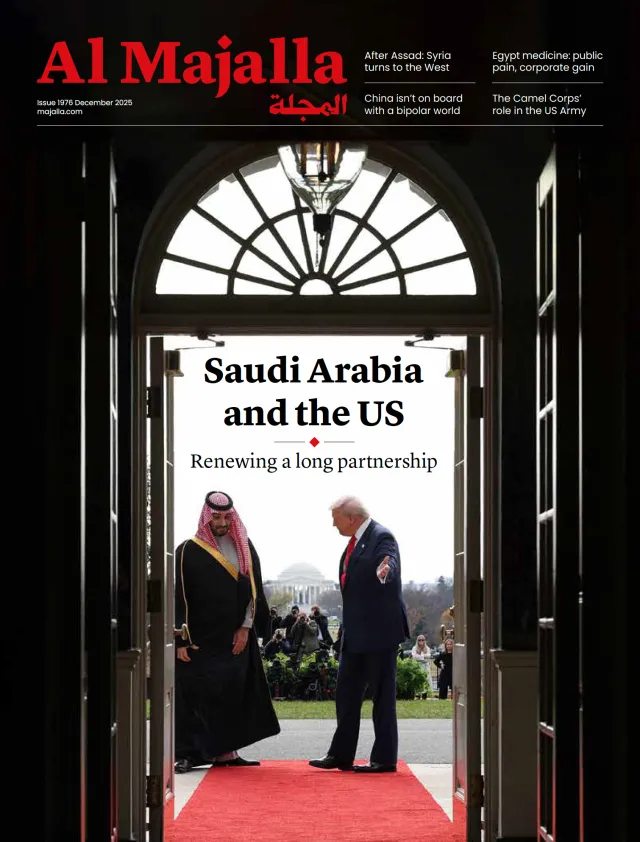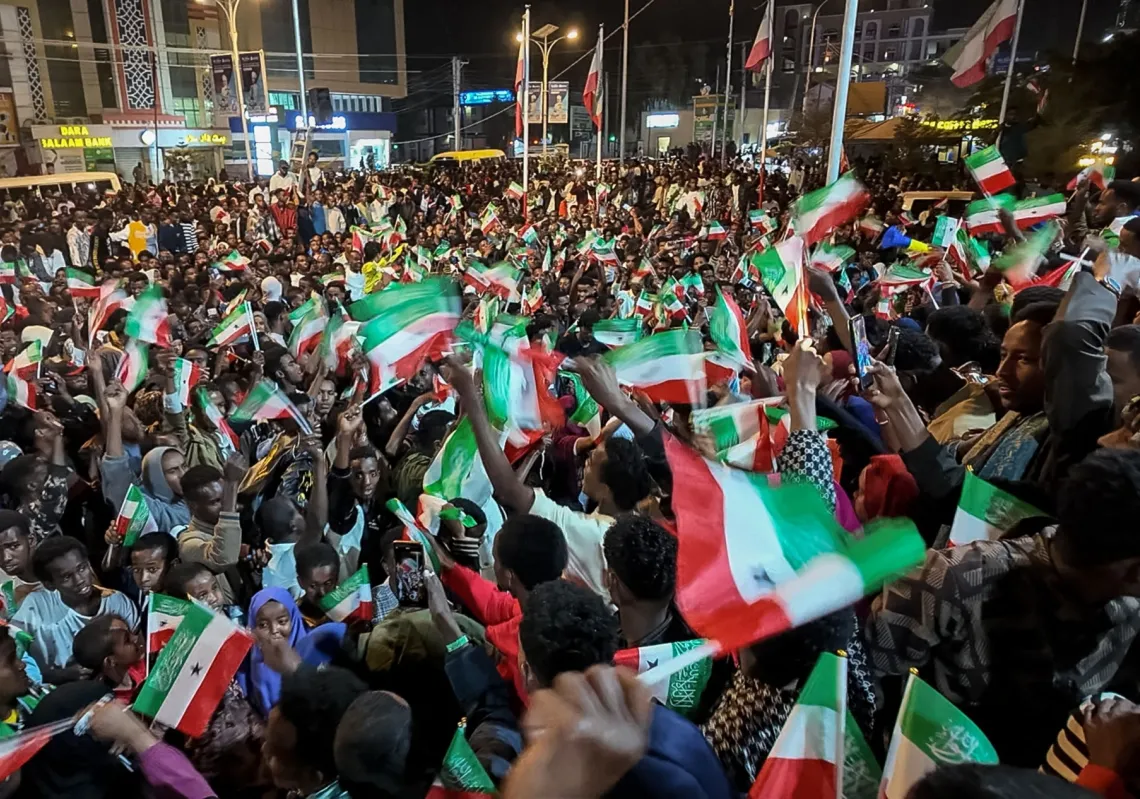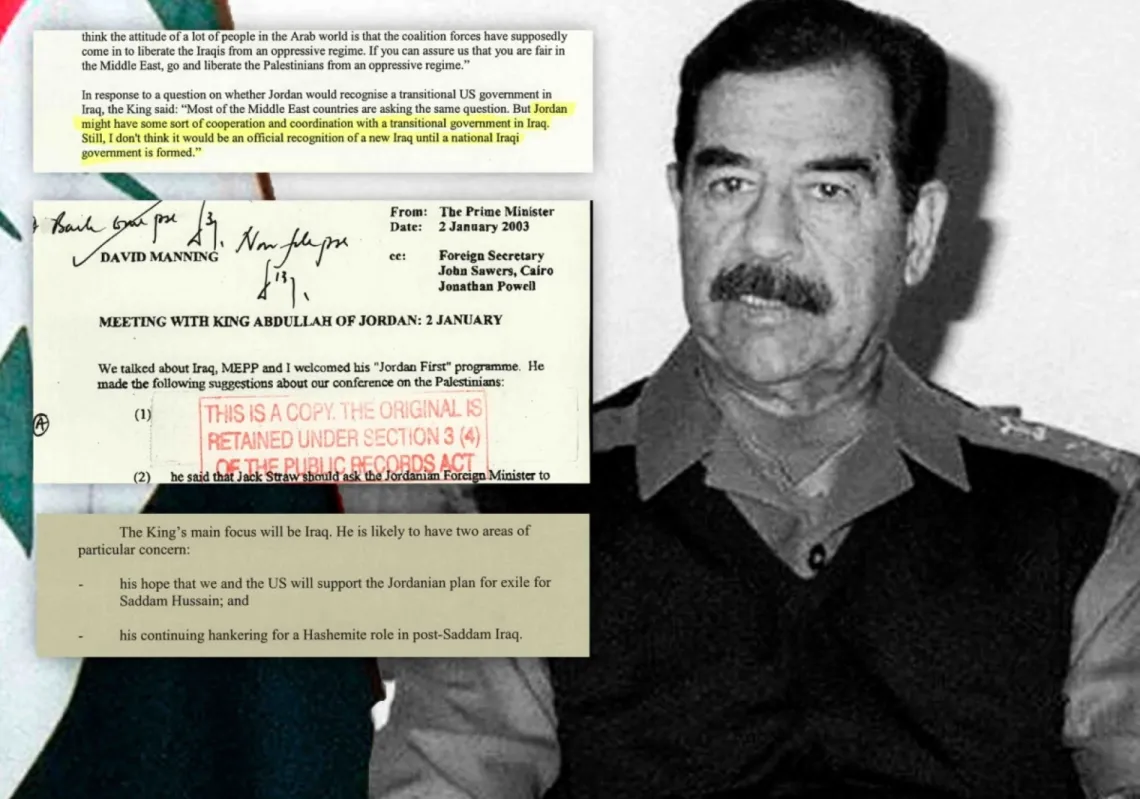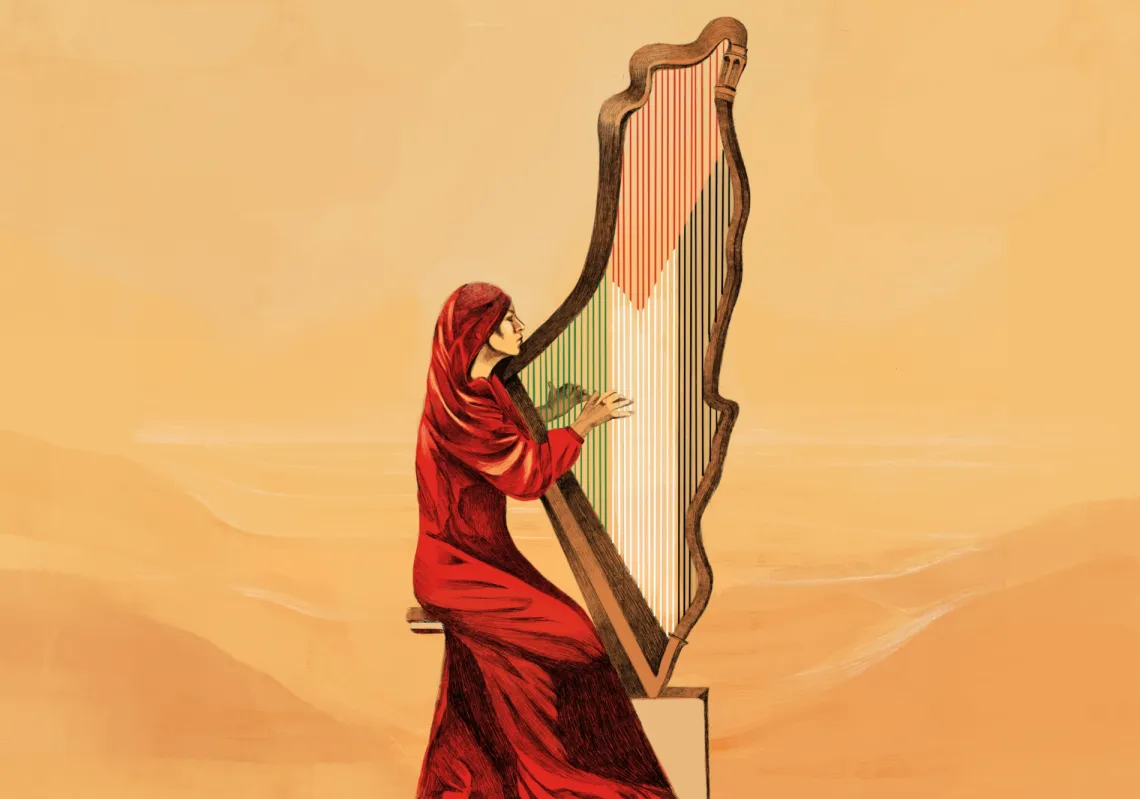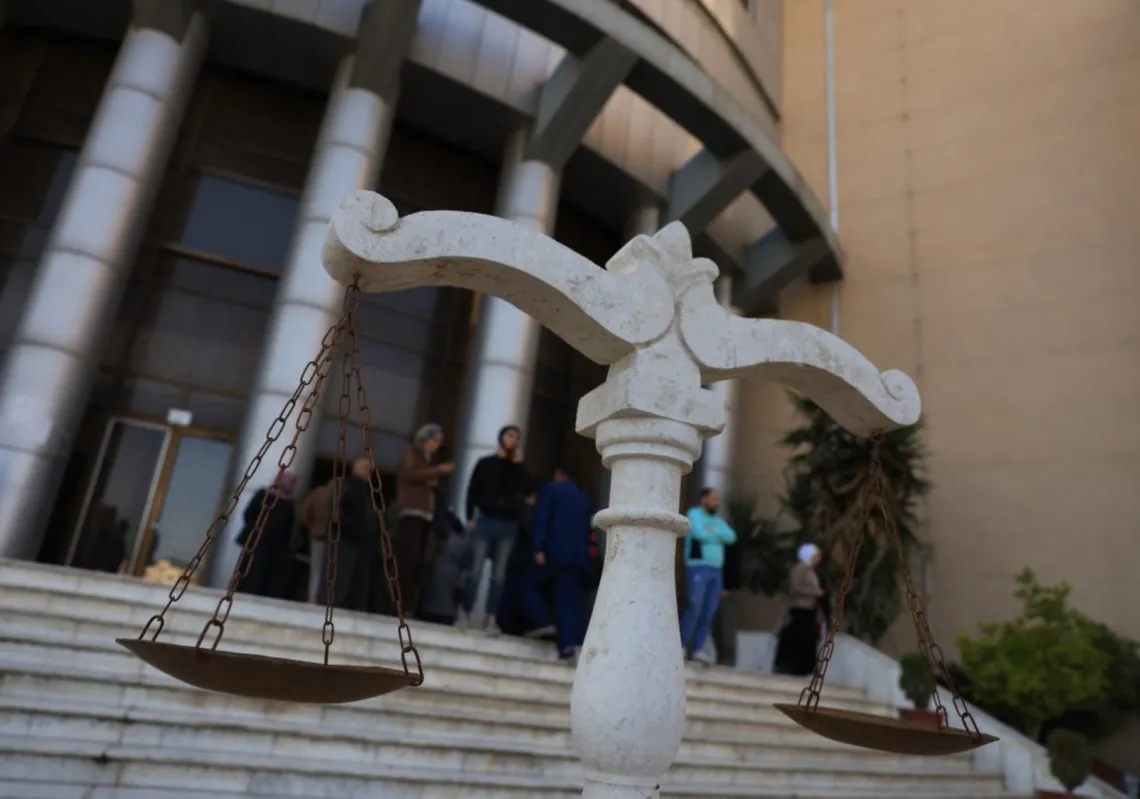The Alpine meadows and pine forests of Pahalgam have long been a lure for visitors to the Indian region of Jammu & Kashmir. They called it “mini-Switzerland” and came in greater numbers lately as India’s government hailed a downturn in militant violence in the region. Yet on 22 April, at least 26 people were killed and 17 injured after gunmen opened fire on tourists in Pahalgam. It appears to have been the deadliest militant attack since 2019 in the Himalayan region, which is claimed in full but ruled in part by both India and Pakistan. And it was the bloodiest strike on tourists there since an insurgency started 36 years ago.
While Indian police blamed militants fighting Indian rule, a group calling itself the “Resistance Front” claimed responsibility on social media, citing an influx of 85,000 settlers. Pakistan’s government denied any involvement. But former Indian military and intelligence officials accused Pakistan’s armed forces of masterminding the assault and called for a strong and swift response.
After the 2019 attack, which killed 40 Indian policemen, India carried out an air strike on Pakistan 12 days later. Pakistan’s air force struck back the next day, and as Indian jets responded, one crashed in Pakistani territory, although the pilot survived and was quickly returned to India.
The Pahalgam attack, which coincided with a visit to India by America’s vice-president, JD Vance, threatens to trigger another military confrontation between India and Pakistan, which both have nuclear weapons and have fought two wars, plus one more limited conflict, over Kashmir since their independence in 1947. Mr Vance, who is visiting cultural sites in northern India (several hundred kilometres away), offered his condolences to the victims of what he called a “devastating terrorist attack”. President Donald Trump said America “stands strong with India against terrorism”.

India’s prime minister, Narendra Modi, who is visiting Saudi Arabia, vowed to bring the perpetrators to justice. India’s defence minister, Rajnath Singh, promised a swift response against “not just those who perpetrated the attack but even those who conspired from behind the scenes to commit such nefarious acts.”
Indian media said the dead were all men, mostly Hindu, and included an Indian navy officer and a domestic intelligence official (both off duty) as well as two foreigners, one from Nepal and the other from the United Arab Emirates. Omar Abdullah, the region’s top elected official, said the attack was “much larger than anything we’ve seen directed at civilians in recent years.” Previously, the deadliest assault on tourists there was one in 2000 that killed 22 visitors.“
The attack is a blow to the Indian government’s claims to have stabilised Kashmir. Tens of thousands of people have been killed there since the start of an anti-Indian insurgency in 1989. But in recent years, militant violence appeared to have subsided. India’s government credited that to its decision to revoke Kashmir’s semi-autonomous status in 2019, splitting what had been an Indian state into two federally administered territories: Jammu & Kashmir and Ladakh.

That allowed tens of thousands of outsiders to get jobs and buy land in the region. Tourist numbers increased. But it also led to a deterioration of ties with Pakistan. In a speech this month, Pakistan’s army chief, General Asim Munir, described Kashmir as “our jugular vein”. He continued: “We will not forget it. And we will not leave our Kashmiri brethren in their heroic struggle.”
Former Indian military and security officials suggested that the perpetrators had wanted to draw international attention to Kashmir by planning the attack to coincide with Mr Vance’s visit to India and Mr Modi’s to Saudi Arabia.
They also suggested that the attack was designed to undermine Kashmir’s tourist industry, as it came a few weeks before a big Hindu pilgrimage. The last deadly incident in the region was in June 2024 when nine people died after a militant attack caused a bus carrying Hindu pilgrims to plunge into a gorge. India’s government then launched a major operation to find the perpetrators and pledged to strengthen security. This time, expect public calls for much firmer action.

